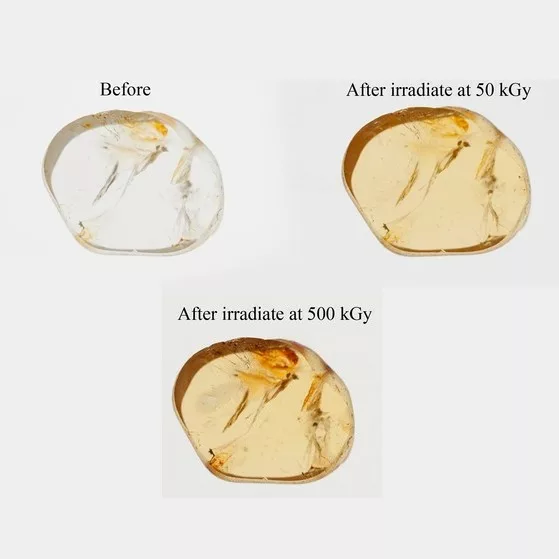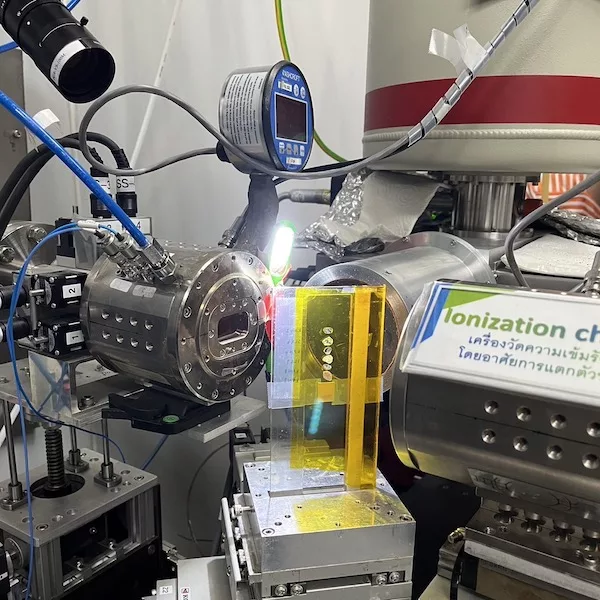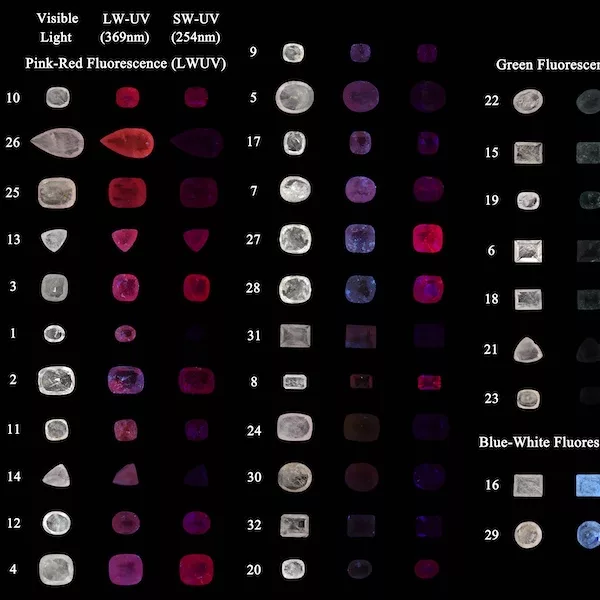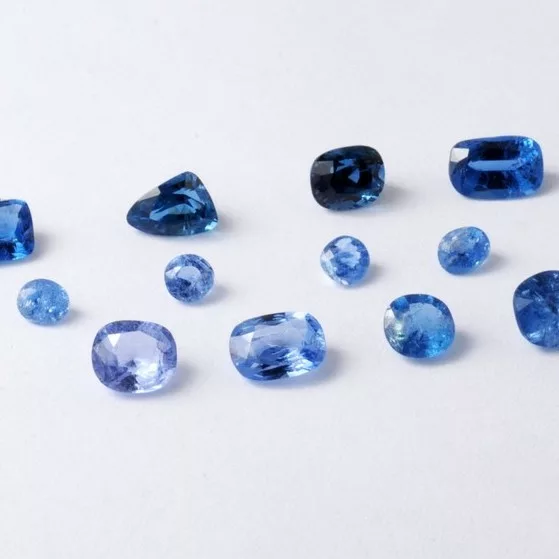Color enhancement in yellow sapphire
Natural yellow sapphire is colored by one or the combination of two different chromophores, Fe3+ and the trapped hole-Fe3+ (h• -Fe3+) colour center. Fe3+ chromophore is typically found in basalt hosted related while the h• -Fe3+ chromophore occurs in yellow sapphire that contains low iron metamorphic sapphire (1).
In this presentation, our aims are 1) to study the effect of annealing on natural yellow sapphires with different chromophores and 2) to study the cause of color enhancement in yellow sapphire that was created by irradiation. All studied samples were fabricated to be optical wafer with a Irradiation is another treatment to create a yellow coloration in corundum. In our preliminary study, we selected 3 samples from Sri Lanka, Burma and Australia. Samples were irradiated using gamma rays (Co-60) at 50 and 500 kGy. The color appearance and spectroscopic data were examined before and after each step of irradiation. Results showed that strong yellow color is induced after irradiation polished window perpendicular to the crystal’s c-axis. For annealing experiments, we studied 15 samples from Sri Lanka, Madagascar and Australia. The samples were heated at varied temperatures from 500°C to 1550°C for fixed durations of 6 hours in air. The color appearance and spectroscopic data were examined before and after each step of heat treatment. FTIR, UV-Vis-NIR spectra and chemical analysis using LA-ICP-MS were collected at the same area. Effect of annealing results showed in table 1.
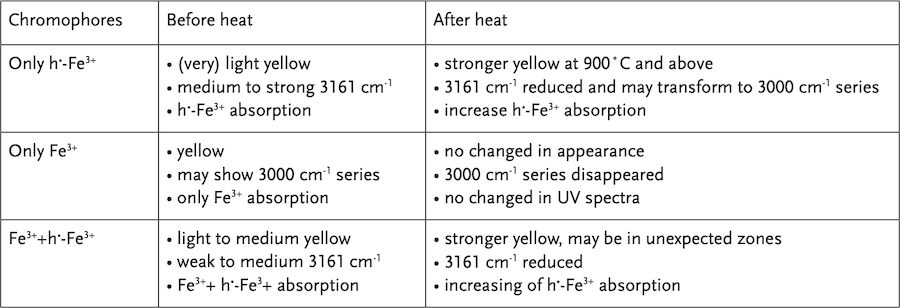
Irradiation is another treatment to create a yellow coloration in corundum. In our preliminary study, we selected 3 samples from Sri Lanka, Burma and Australia. Samples were irradiated using gamma rays (Co-60) at 50 and 500 kGy. The color appearance and spectroscopic data were examined before and after each step of irradiation. Results showed that strong yellow color is induced after irradiation polished window perpendicular to the crystal’s c-axis. For annealing experiments, we studied 15 samples from Sri Lanka, Madagascar and Australia. The samples were heated at varied temperatures from 500°C to 1550°C for fixed durations of 6 hours in air. The color appearance and spectroscopic data were examined before and after each step of heat treatment. FTIR, UV-Vis-NIR spectra and chemical analysis using LA-ICP-MS were collected at the same area. Effect of annealing results showed in table 1. (figure 1). FTIR spectra displayed no creation nor destruction of FTIR features typically observed in corundum with irradiation, whereas UV−Vis−NIR spectra revealed strong trapped hole feature after irradiation (figure 2).
In our study, sapphire that colored by h• -Fe3+ can create yellow coloration in corundum by either annealing in air or irradiation. In contrast, sapphire that colored by only Fe3+ will not affect to color at experimental conditions.

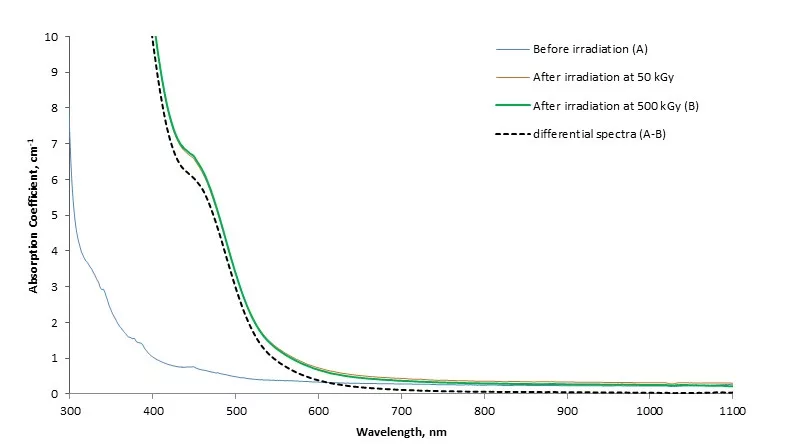
References:
Atikarnsakul U., Emmett J. L. 2021. Heat treatment effects on the behavior of the 3161 cm-1 feature in low-iron metamorphic yellow sapphire. Gems & Gemology, 57(3), 283-288.
Acknowledgements:
The authors would like to thank John Emmett and Aaron Palke for their useful advice and support. We also thank Sasithorn Engniwat for photo calibration, Charuwan Khowpong and Suwasan Wongchacree for sample fabrication. Also thanks to Gem Irradiation Center at the Thailand Institute of Nuclear Technology (Public organization) for sample irradiation.

